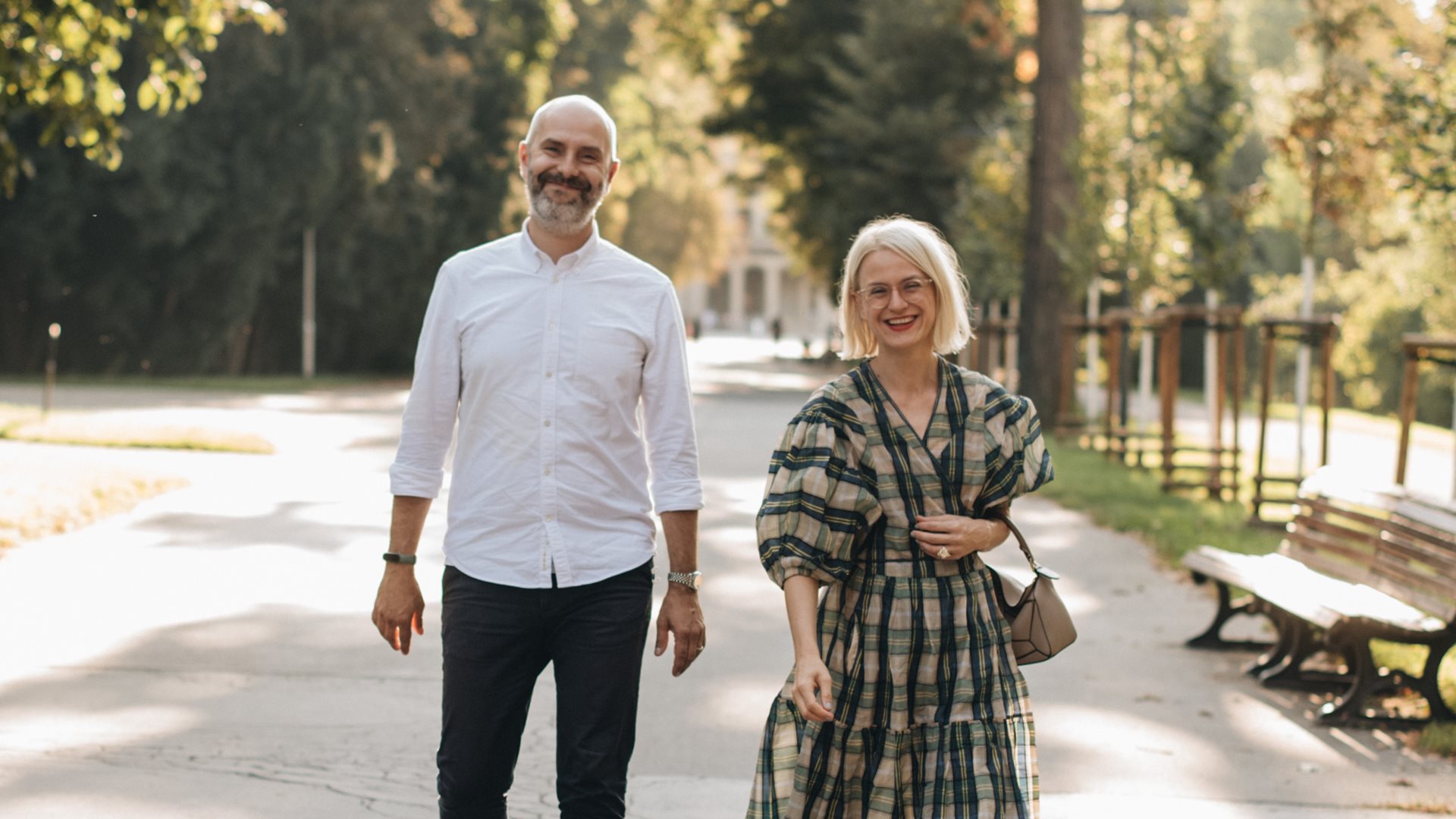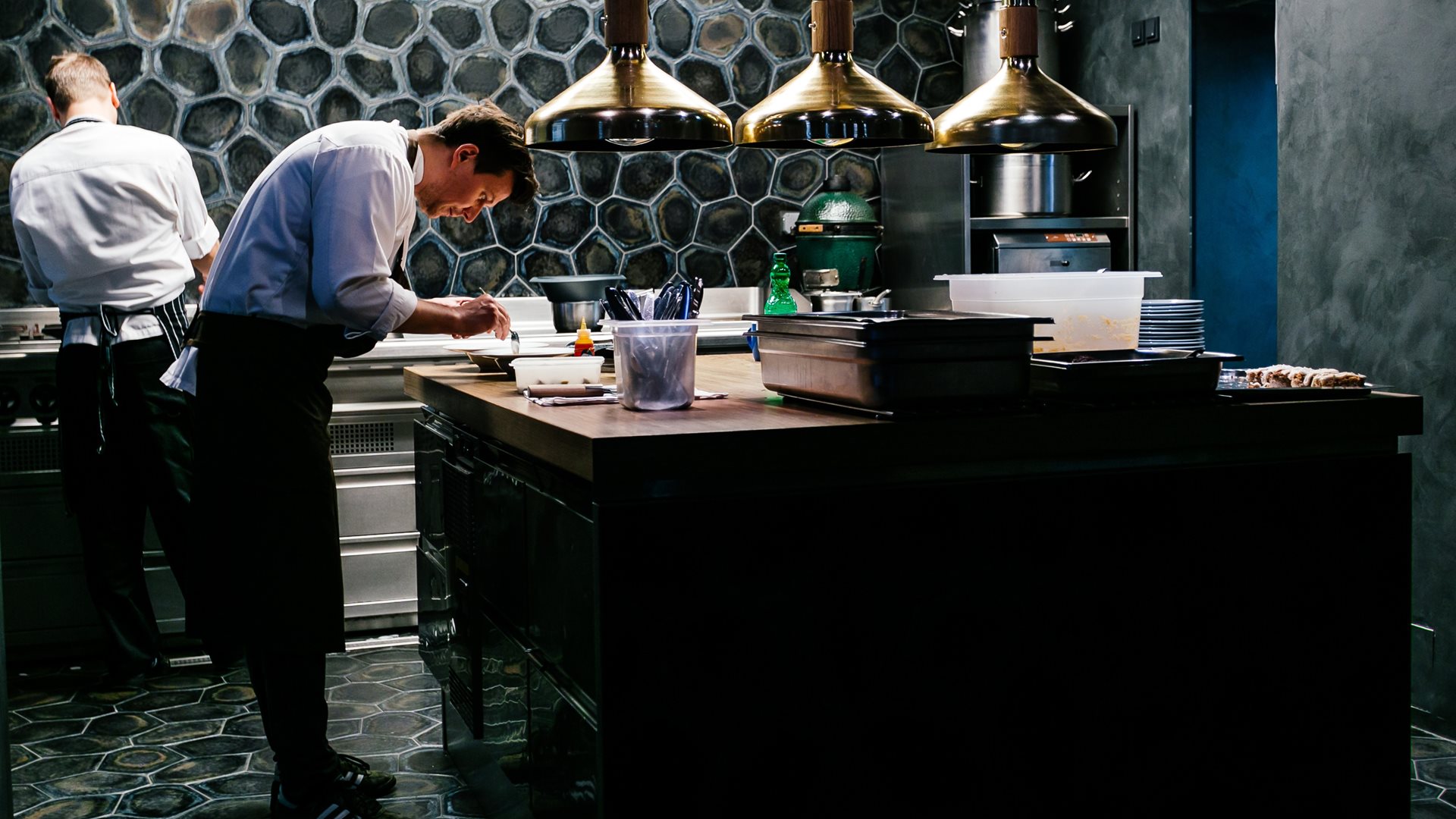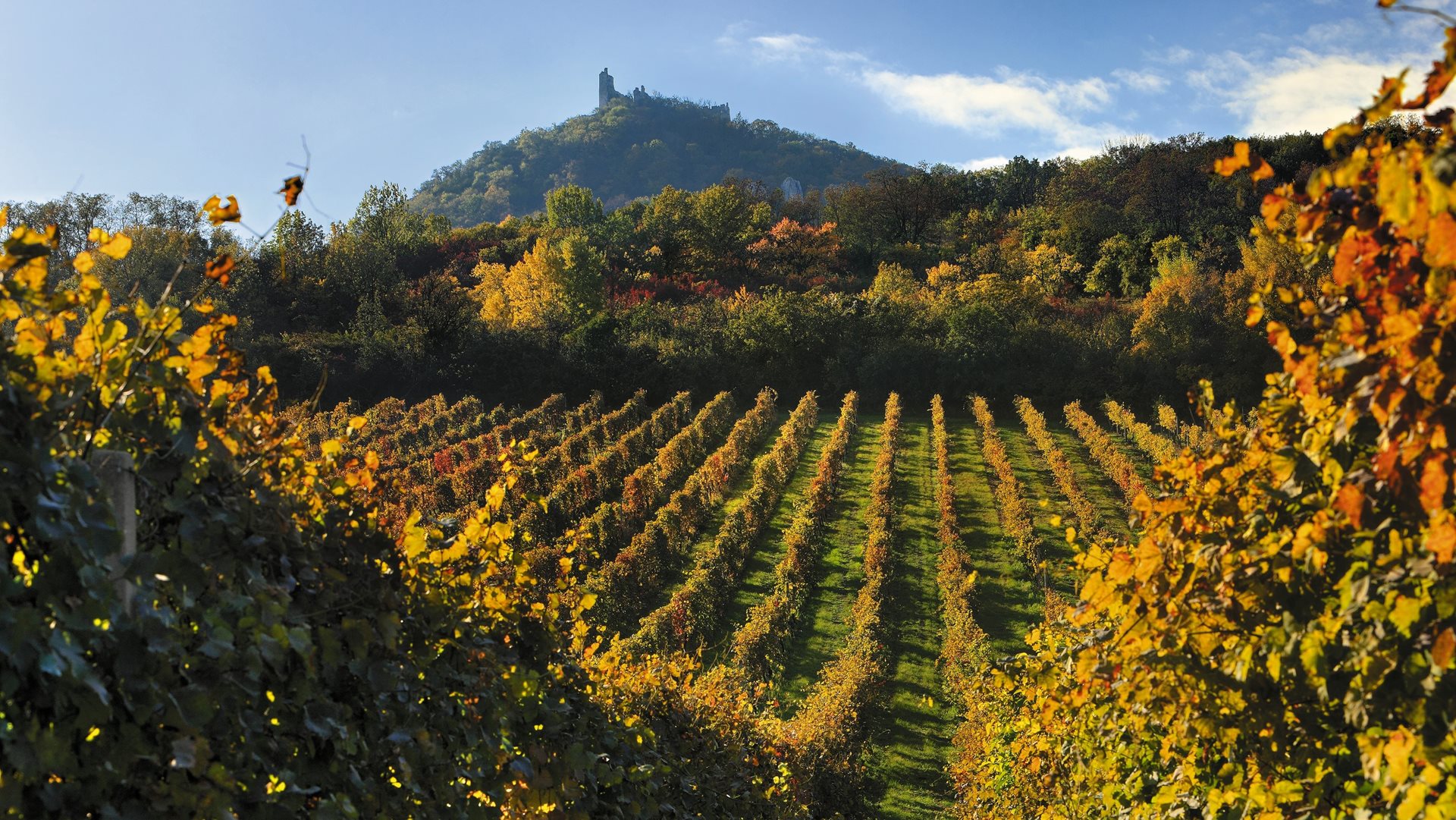
Gastronomy
Discovering the Czech food scene with Taste of Prague
A new generation is redefining today’s Czech gastronomy. The post-Communist culinary scene has brought 30+ years of independence, innovation, local traditions and international influences onto the plates of Prague’s restaurants and pubs. Today, young chefs are opening venues across the country that combine respect for Czech traditions with the expertise of modern techniques. Check out what’s hot and what future food trends to watch with Jan from Taste of Prague.
Jan and Zuzi started Taste of Prague after a holiday in San Sebastian ten years ago. They had no tourism experience, but they did (and do) maintain a deep desire to share their culture. “Our tours are culture tours dressed up as food tours,” Jan says. “We take guests to places they wouldn’t go to, and we share our personal story.” He adds that they only take guests to places they like — “where you are served the best version of its connection to history and the present” — and always to places that serve Czech cuisine.

This is a quite switch from previous generations. During the Communist era, the state owned all of the restaurants, farms, and other establishments, which meant prioritizing standardization over innovation or creativity. When Czechs gained independence in the early 1990s, many chefs abandoned Czech cuisine and turned instead to Western influences. However, the 2000s have seen a resurrection of Czech cuisine as well as inspiration from the old Austro-Hungarian Empire. This reimagining of historical influences with modern techniques has gained widespread popularity, including multiple Michelin-starred restaurants today.

More and more Czechs these days are also seeking out locally grown, seasonal foods. They take pride in supporting local economies and regional delicacies such as fish from South Bohemia, wine from the Moravian region, and an array of fruits farmed across the country including apples, apricots, blackberries, pears, plums, and strawberries. Jan has also seen farmer’s markets explode in popularity. The amount of land dedicated to organic farming in the Czech Republic has also grown rapidly. In the mid-1990s there were about 200 organic farms in the entire country. According to the Ministry of Agriculture, there are now around 4,650 farms covering a total of 540,000 hectares (more than 1 million acres / 2,000 square miles).

Brno also offers lots of reasons to raise a glass. The city's vibrant cocktail scene sits in the middle of the South Moravian region, home to hundreds of independent wineries, the majority of which are small, family businesses. Jan points out their love of sharing both knowledge and passion for winemaking. South Moravian winemakers have been working to establish the Czech Republic’s reputation as a nation of wine producers to watch. On the western side of the country, known as Bohemia, Jan also suggests visiting Tabor. The town offers a rich mixture of Renaissance, Gothic, and Baroque architecture connected by cobblestoned streets.
Outside of cities, Jan is noticing a revitalized countryside, where young entrepreneurs have taken to running farms and creating products with a story behind them. In this landlocked country, the seafood largely comes from rivers and lakes, including those surrounding the South Bohemian town of Třeboň. This 12th-century town sparkles with Renaissance and Baroque architecture and cobblestoned streets. With over 500 ponds, Třeboň is also one of the largest producers of freshwater fish in Europe, focusing primarily on carp. Jan sees the carbon footprint of carp production, in comparison to EU livestock production, as next to nothing. Carp is making its way back onto local dinner tables as people adopt both healthier lifestyles and climate consciousness.
A Blossoming Food Landscape
After forty years of Communism (from the 1940s to 1980s), a new national identity — and new dining scene — began to emerge. The Czech Republic gained independence in the Velvet Revolution of 1989, followed by a peaceful split from Slovakia in 1993, beginning a period of growth in terms of both quality and innovation. Jan has noticed that chefs are becoming more progressive with their approach to traditional Czech cuisine. They are less focused on ownership and more on the dining experience.This is a quite switch from previous generations. During the Communist era, the state owned all of the restaurants, farms, and other establishments, which meant prioritizing standardization over innovation or creativity. When Czechs gained independence in the early 1990s, many chefs abandoned Czech cuisine and turned instead to Western influences. However, the 2000s have seen a resurrection of Czech cuisine as well as inspiration from the old Austro-Hungarian Empire. This reimagining of historical influences with modern techniques has gained widespread popularity, including multiple Michelin-starred restaurants today.

Farming Freedom and Seasonal Sourcing
According to Jan, eating snails on December 24th was once a popular Czech Christmas tradition. This trend died out during the Communist era, as snails were seen as the food of capitalists. Today, Jan says, the gastropods are making a big comeback, and their popularity is prompting Czech farmers to turn their attention to rearing snails. This trend has also seen the comeback of asparagus season, a newly revived festivity that had been dormant when farms were state-owned.More and more Czechs these days are also seeking out locally grown, seasonal foods. They take pride in supporting local economies and regional delicacies such as fish from South Bohemia, wine from the Moravian region, and an array of fruits farmed across the country including apples, apricots, blackberries, pears, plums, and strawberries. Jan has also seen farmer’s markets explode in popularity. The amount of land dedicated to organic farming in the Czech Republic has also grown rapidly. In the mid-1990s there were about 200 organic farms in the entire country. According to the Ministry of Agriculture, there are now around 4,650 farms covering a total of 540,000 hectares (more than 1 million acres / 2,000 square miles).

Truly Off the Beaten Path
Jan has some words of wisdom for adventurous travelers: if you’re still in Prague, you’re not quite “off the beaten path.” In order to see, taste, and experience lesser-known areas, he recommends hopping on a train. The city of Brno — a comfortable three-hour ride southeast of Prague — is an often-overlooked destination largely untouched by mass tourism but with much to offer, says Jan. The city offers architectural sights, including churches from multiple eras and the UNESCO-listed Villa Tugendhat, as well as more offbeat attractions like an underground ossuary and a former-nuclear-shelter-turned-museum.Brno also offers lots of reasons to raise a glass. The city's vibrant cocktail scene sits in the middle of the South Moravian region, home to hundreds of independent wineries, the majority of which are small, family businesses. Jan points out their love of sharing both knowledge and passion for winemaking. South Moravian winemakers have been working to establish the Czech Republic’s reputation as a nation of wine producers to watch. On the western side of the country, known as Bohemia, Jan also suggests visiting Tabor. The town offers a rich mixture of Renaissance, Gothic, and Baroque architecture connected by cobblestoned streets.
Outside of cities, Jan is noticing a revitalized countryside, where young entrepreneurs have taken to running farms and creating products with a story behind them. In this landlocked country, the seafood largely comes from rivers and lakes, including those surrounding the South Bohemian town of Třeboň. This 12th-century town sparkles with Renaissance and Baroque architecture and cobblestoned streets. With over 500 ponds, Třeboň is also one of the largest producers of freshwater fish in Europe, focusing primarily on carp. Jan sees the carbon footprint of carp production, in comparison to EU livestock production, as next to nothing. Carp is making its way back onto local dinner tables as people adopt both healthier lifestyles and climate consciousness.
Future Predictions
With that history established, what could the Czech food landscape look like in the coming years? Jan predicts more adventurous Czech cooking with an even wider use of local ingredients and expertise. He also believes we could see the rise of fine-casual dining. The trend of high-quality fast food combined with expanded delivery options, streamlined service, and a welcoming approach could provide opportunities for the modern restaurant business. Quality cooking happens all over the world, and travelers are always looking for food that tastes good — which they will find here in the Czech Republic, no matter what form it takes.
Learn more






